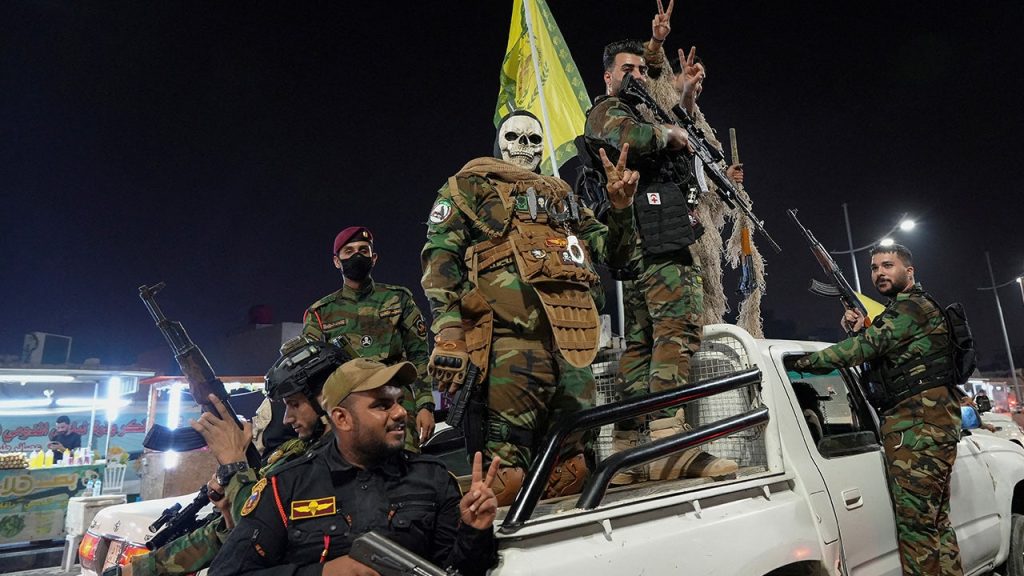In the last year, attacks against the U.S. by Iran-linked actors have significantly increased by 630% following the Hamas terror attack in southern Israel in October 2023. The number of malign attacks against the U.S. began to rise after the U.S. withdrawal from the Iran nuclear deal in 2018 under the Trump administration, continuing through President Biden’s term. Iran-backed groups have targeted not only Washington’s top ally in the Middle East, Israel, but also U.S. troops in Iraq and Syria, as well as U.S. naval vessels targeted by Houthi terrorists in Yemen.
Iran-backed groups in Iraq and Syria have launched over 204 attacks involving more than 330 rockets, missiles, and drones against U.S. personnel since October 17, 2023. As Israel intensified its offensive against Hezbollah in Lebanon and prepared for a retaliatory attack against Tehran, Iran-backed groups increased their attacks against U.S. troops in neighboring nations. Militia groups in Syria notably doubled the number of attacks against U.S. personnel compared to previous months. These strikes are carried out by organizations like the Islamic Resistance in Iraq, which includes groups such as Kataib Hezbollah and Ansar Allah al-Awfiya.
Recent attacks by Iran-backed groups targeting the U.S. include an assault on three U.S. destroyers by Houthi terrorists in Yemen, as well as other strikes in northeast Syria by Iran-proxy groups. The Pentagon has responded by targeting weapons storage facilities and Iran-backed militant locations to degrade the groups’ ability to plan and launch further attacks against U.S. and coalition forces in the region. The U.S. has taken a proactive stance against these threats, highlighting the ongoing conflict in the region.
Iran-sanctioned groups opted to target U.S. troops prior to the October 2023 Hamas attack on Israel, as they believed the U.S. response would be less forceful than Israel’s. However, this strategy changed after the attack on Israel, leading to an increase in attacks by Iran-backed groups targeting Israel from Iraq. Security experts anticipate continued fighting between Israel and Iran-backed militias in Iraq and Syria as Tehran seeks to prevent normalization of strikes on its territory. Iran has armed its proxies in Iraq and Syria with rockets, missiles, and drones to target Israel.
Israel has also experienced a significant increase in attacks from Iran and its proxies, with hundreds of ballistic missiles, cruise missiles, and drones fired at the country. Hezbollah, Iran’s top proxy, has launched thousands of projectiles at Israel since October 2023. Israel has faced attacks from Iran-backed groups in Iraq as well, leading to retaliatory strikes by Israel against Tehran’s forces. The international community can expect continued escalation in the conflict between Israel and Iran-backed militias in the region.
Overall, the rise in attacks against the U.S. and its allies in the Middle East by Iran-linked actors highlights the growing tensions in the region. The use of proxies and militant groups by Iran to target American and Israeli interests underscores the complex geopolitical dynamics at play. As both the U.S. and Israel face increased threats from Iran and its allies, the need for ongoing vigilance and strategic responses to counter these threats remains crucial.


